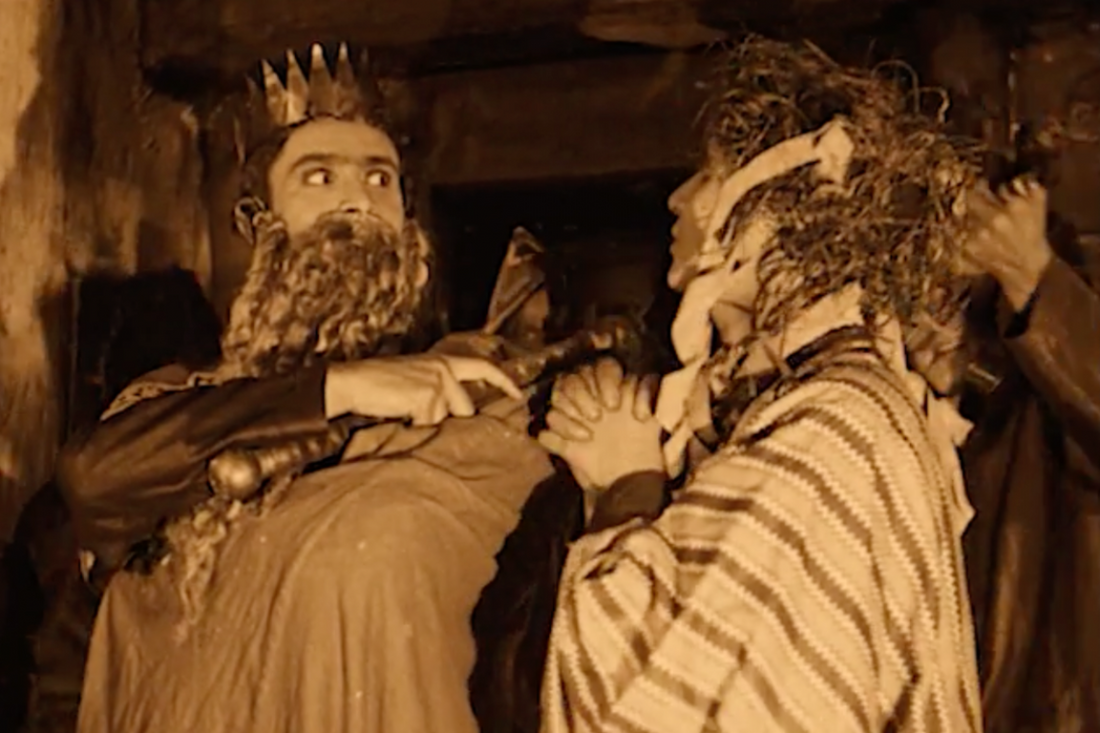
What is Purim?
Purim is a Jewish holiday that commemorates the salvation of the Jewish people in the ancient Persian Empire. At that time, Haman planned to kill all the Jews, but Esther was able to prevent it. The story of Purim is found in the Book of Esther, which is part of the Hebrew Bible.
The story of Queen Esther
The central figures in the Purim story are Queen Esther and her cousin Mordechai, with whom she had grown up as an orphan. Esther became Queen of Persia, but kept her Jewish origins secret from King Ahasuerus. Her cousin Mordechai incurred the wrath of the high-ranking court official Haman because he refused to bow before him. Haman took this as an opportunity to persuade Ahasuerus to take revenge on all Jews. The pretext was that the Jews, with their rites and laws, supposedly did not fit in with the other peoples. Through her courageous actions, however, Esther managed to thwart Haman's evil plan and prevent a genocide of the Jews.
When and how is Purim celebrated?
The festival of Purim is celebrated every year on the 14th day of the Hebrew month of Adar, which is usually in March. The holiday is marked by joy, gladness and the triumph of good over evil. The celebrations include various customs and traditions that may vary depending on the cultural and regional differences within the Jewish community.
1. Reading the Book of Esther (Megillah)
The most important mitzvah (commandment) on Purim is the reading of the Book of Esther, also known as the Megillah. The Megillah is read in synagogue services on the evening of Purim and the next morning. When the name of the villain Haman is mentioned, it is customary to make noise with noisemakers or stamping feet to drown out his name, symbolizing the desire to erase the memory of him.
2. Giving gifts (Mishloach Manot)
It is customary to give gifts of food and drink to friends, relatives and neighbors, known as “Mishloach Manot.” These gifts usually consist of at least two different types of food and drink and are exchanged as a sign of friendship and goodwill.
3. Charitable Giving (Matanot laEvyonim)
Another important tradition on Purim is giving to those in need. It is customary to give money or food to those less fortunate than oneself to ensure that everyone can participate in the joyous celebrations of the holiday.
4. Purim Feast (Seudah)
On the day of Purim, a celebratory meal called “Seudah” is held. This meal includes traditional Purim dishes such as hamantaschen (triangular pastries with various sweet fillings), kreplach (dumplings), and other festive foods.
5. Costumes and disguises
Dressing up is a fun and festive aspect of Purim, especially for children. The costumes often depict characters from the Purim story, such as Queen Esther, Mordechai, Haman or other biblical figures, but also various other themes and characters.
6. Drinking and having fun
In some communities, it is customary to drink alcohol on Purim, but this should be done with caution. Drinking is considered part of the holiday and is meant to increase the joy and festivity.
Overall, Purim is a joyous holiday marked by celebration, fellowship, and acts of kindness, commemorating the deliverance of the Jewish people from a conspiracy to destroy them in ancient Persia.
